OUR ARTIST OF THE MONTH IS -
ben preston
These are my first bird paintings, originally created for my sister. I'm still learning and improving. These are the lessons I learnt and brushes I made, that I will take forward into future projects.
Software used, Krita. Krita is a professional, free and open source painting program.
Hardware used. Huion, kamvas pro 22. 22 inch monitor tablet that you draw directly onto, giving a more natural digital painting experience.
When painting birds I generally use four brushes. A sketcher, flat square brush, A pointed dagger brush and an air brush. These brushes are tilt and pressure sensitive as well as textured. This gives them versatility allowing for a variety of interesting strokes. I made these brushes with the intention of achieving a painterly look.
Sketcher: This is a digital equivalent of a pencil. Its size is 95% static only shrinking at the end of strokes to give a wispy feel. Pressure affects flow and opacity giving control of line weight that would require multiple real world pencils e.g. 2h - 4b. It can be enlarged significantly to use its graphite like texture for backgrounds or bark.
Flat square: This is a digital equivalent of a wet on wet, flat or bright oil brush with the added functionality of a fan brushes ability to blend and soften edges. This brush allows a great variety of marks. Here I use it for backgrounds, beaks and eyes. Anything that's not a feather.
To simulate how a flat oil brush handles. The brushes size is controlled with pen tilt. Starting with a fine stroke in an upright position. It will get progressively wider the more you tilt the pen. Pressure affects opacity, smudge length, colour rate and texture pattern strength. The harder you press the more opaque your marks. Applying pressure also lets you smudge your colour further. The harder you press the more of your chosen colour and less of the surrounding colours you are painting on comes through. Pressing hard will create fuller marks with less texture, lighter marks will contain more texture. By applying next to no pressure you can blend and soften edges as the brush will paint very little or no new colours. I can manually set the brushes texture to overlay, multiply and subtract to further control the amount of texture in my strokes.
pointed dagger: This is a digital equivalent of a wet on wet angled or dagger oil brush. It functions the same way as the flat square but creates more pointed marks. This lends itself very well to creating feather textures.
Air brush: A digital version of an airbrush. It creates dry marks with no smudging or colour mixing. I added some noise to the default to produce a slightly textured feel. It creates very soft, misty effects. It is perfect for out of focus elements of a composition in conjunction with the flat square. This is a simple brush I manually adjust the size and opacity.
When painting I have a five stage process. I start with research. I collect reference images and study skeletal and musculature anatomy of the subject. This allows you to better understand what you are seeing in your references.

